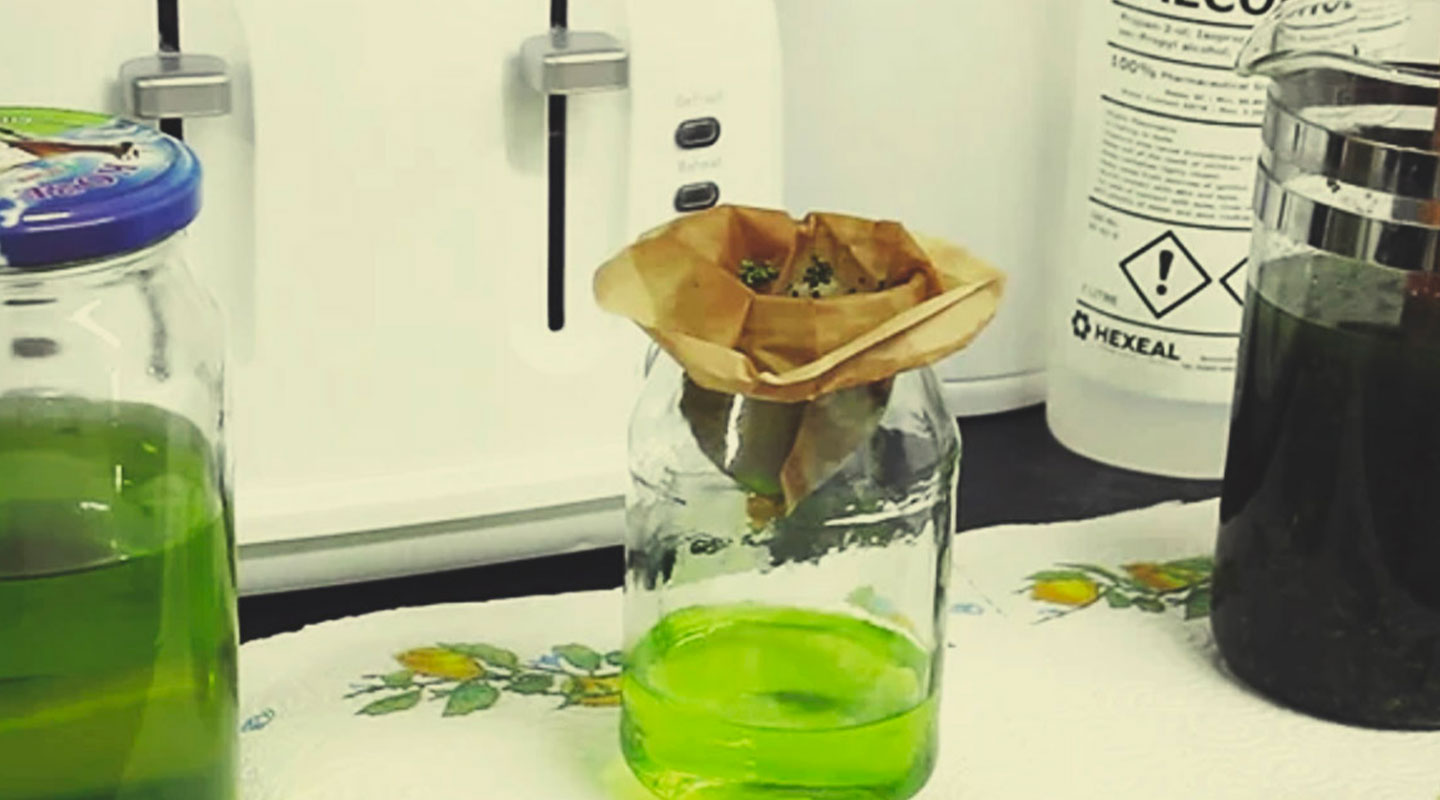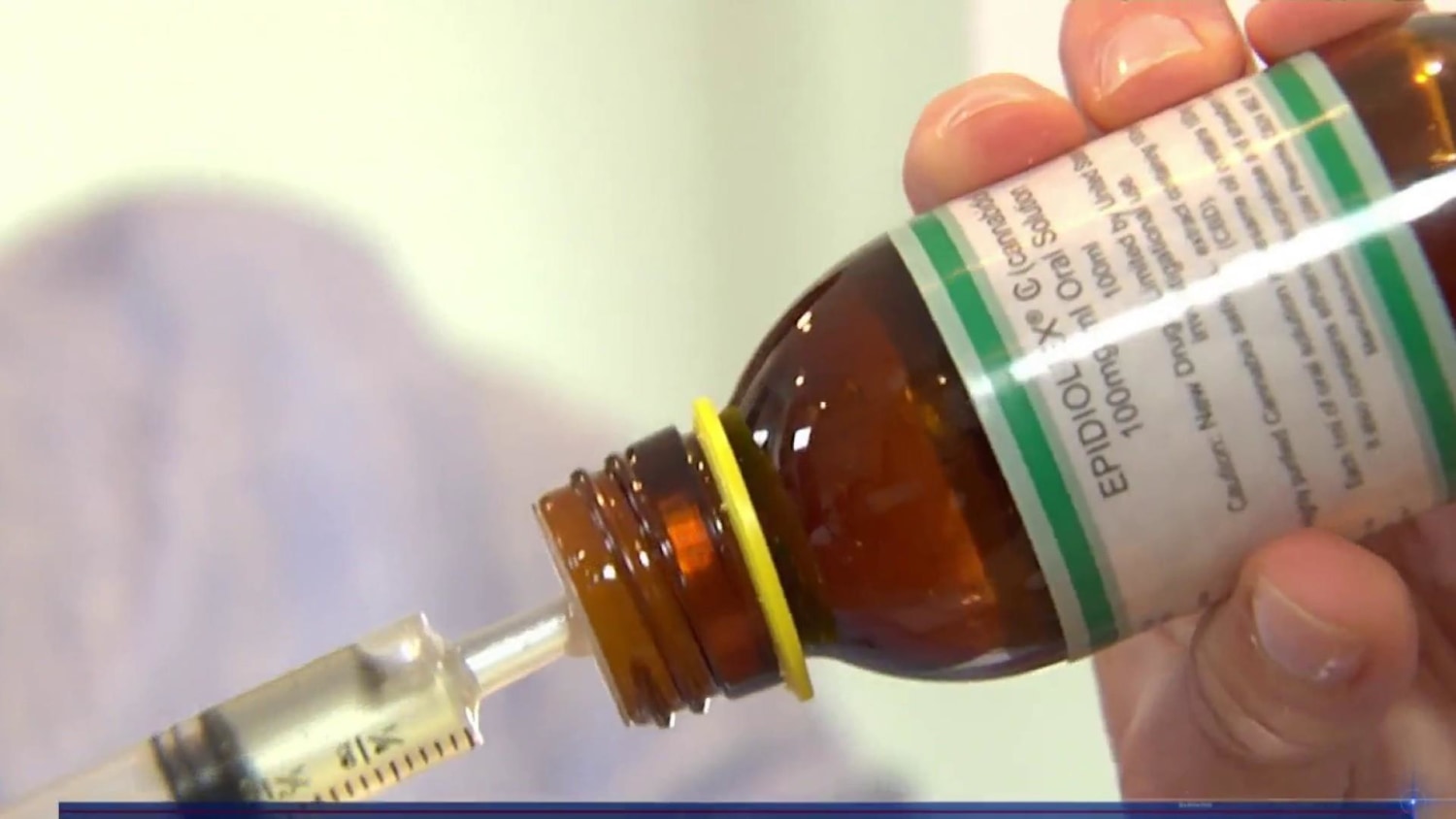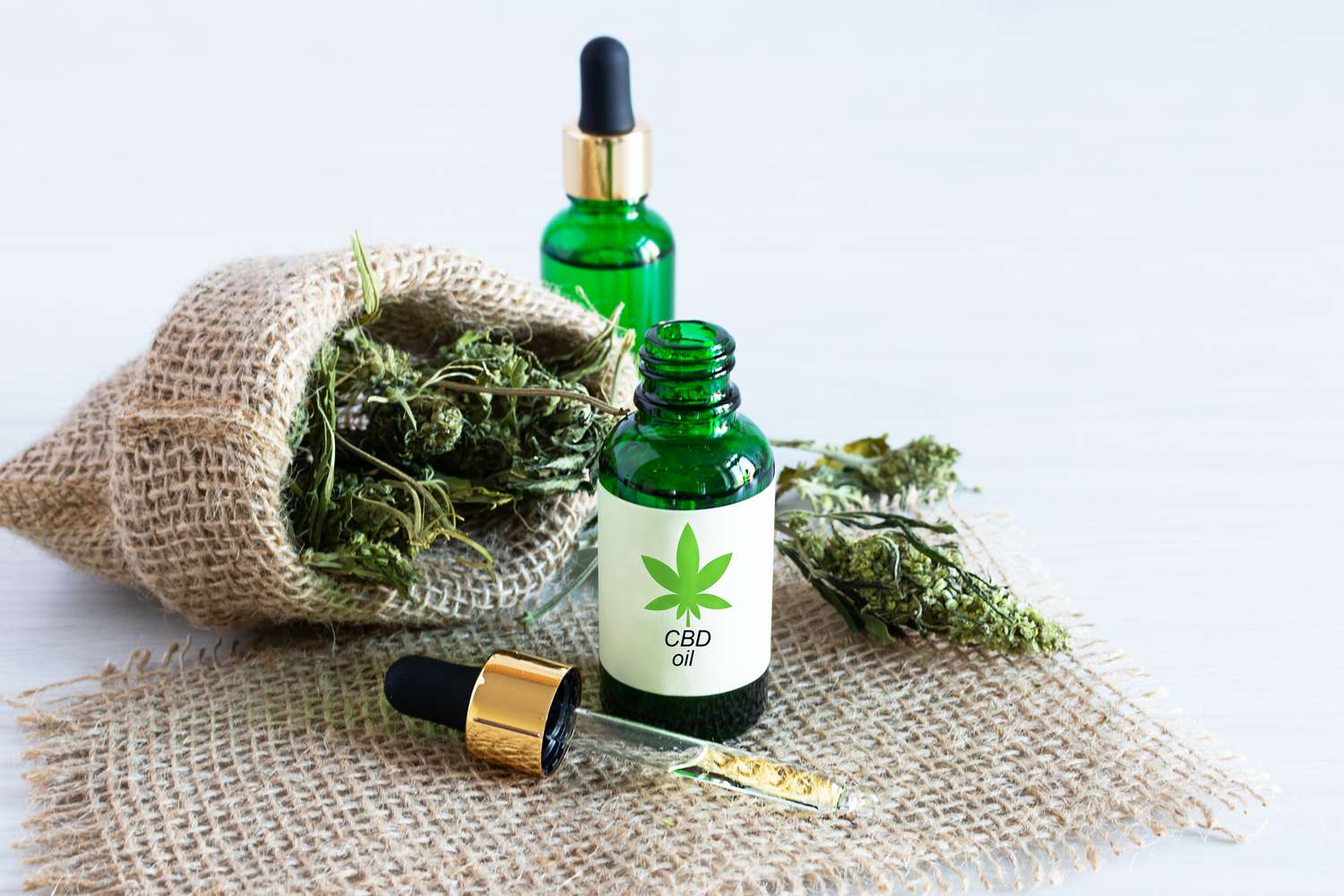
Off label use refers to the practice of using drugs, medications, or any other health care products that have not received FDA approval for an indication, population, or drug. The patient may be able to benefit from using off-label drugs. Off-label use may also pose a risk to the patient. It is important to discuss off-label drug uses with both the doctor and the patients.
Medications that are commonly prescribed off label include:
One common example is the tricyclic antidepressant class. These medications are approved for the treatment of clinical depression. However, doctors also believe that they can be used to treat other types pain such as migraines and fibromyalgia.
Low-dose aspirin is another common off-label drug. This is for patients with heart disease and diabetes. Although they may not be as safe or effective as traditional aspirin doses, these off-label uses are more cost-effective and safer.
If the drug is not prohibited by safety regulations or ethical guidelines it is legal to use off-label. Most states allow physicians in the state to prescribe off-label drugs as long as they remain within their scope of practice.

Off-label prescribing can be done by doctors, nurse practitioners, or physician assistants (PAs). It may be used in conjunction with existing treatment plans or as an alternative to drugs that are not available in the patient’s particular area.
Children are most likely to be prescribed psychiatric drugs off-label. Academic Pediatrics published a study in 2009 that showed 62% of outpatient visits resulted with an off-label prescription.
The American Academy of Family Physicians and American College of Obstetricians and Gynecologists have developed treatment guidelines. These guidelines recommend the standard way to treat certain conditions and diseases. These guidelines often include information about off-label drug usage, as well the risks and benefits of various treatments.
The primary source of off-label drug uses information is medical literature. This contains reports from clinical trials that were not approved by FDA. These clinical studies can help doctors determine which off-label drug usage to prescribe.
A doctor may also obtain information on off-label drug uses from the manufacturer of the drug. Companies are not allowed to distribute or promote off-label use information to the general public, but they can share with health professionals on request.

This is a problem that is growing in importance. Recent cases have reinvigorated debates over the extent of the FDA's authority to regulate off-label promotion and advertising.
When a drug is marketed for off-label uses, the manufacturer must provide truthful, balanced, nonmisleading, and substantial evidence that the use is appropriate for the patient. In addition, the drug must be safe and effective in the intended use.
Healthcare providers are also at risk from off-label drug usage. They can be sued if the drug results in an unintended and/or negative outcome. For example, off-label drug use of fenfluramine hydrochloride and phentermine hydrochloride (also known as Fen-Phen) resulted in severe and potentially deadly heart valve damage for some patients. Those cases led to the FDA ordering the two drugs off the market.
FAQ
Which states have the highest CBD consumption?
The top three states are California, Colorado, and Oregon. These states have large populations, high incomes, and low unemployment rates. They also have a higher number of hemp farms compared to other states.
California leads the pack because its economy heavily depends on agriculture. It produces the majority of the nation’s fruits and veggies. This makes sense since cannabis is derived from the same plant as hemp.
Oregon and Colorado are close behind, as they both grow marijuana for medical purposes. California and Oregon, however, don't allow recreational use of marijuana.
Other states that rank highly includes Washington, New York, Florida, Illinois, Pennsylvania, Mississippi, and Texas.
What are some of the common mistakes that companies make when entering America's cannabinoid market
The first mistake is not understanding what the regulations are for cannabis products. This could mean that you may have to change your product formulation.
Unskilled labeling is the second. Know whether your product contains THC, CBD or both.
Third, it is important to understand how to properly package your product. If your product contains THC, you need to ensure it is packed in child-resistant containers.
If your product does NOT contain THC you should still adhere to all packaging laws. There is a lot of states where cannabidiol, or CBD (CBD), is legal.
Finally, you should always keep track of any recalls on your products. If your product is defective, you should notify customers immediately.
What CBD products are the most popular?
CBD products are everywhere these days. These products are being used to treat everything, from anxiety to pain relief. The market is vast and growing rapidly.
But what are people buying CBD oil for? And how does this affect you as a brand owner?
Statista says CBD products are popular for their relaxing properties. They are also bought for their anti-inflammatory qualities.
This means that if your product has both CBD and THC, then it can be sold for both recreational and medicinal purposes.
But what about brands who are focused on one purpose only? If a company sells CBD to relieve stress, it will be the only one that is competitive.
A brand that focuses on CBD for medicinal purposes will also have a large customer base.
A brand must have a unique selling proposition (USP) if they want to appeal to recreational users. A USP can be described as a unique selling proposition (USP) that is unique to a brand.
For example, some brands offer shipping free of charge, while others offer discounts when you order in bulk.
Which countries produce CBD of the highest quality?
The United States produces the majority of CBD products.
Canada, Australia New Zealand, Israel and New Zealand also produce high-quality CBD product.
Statistics
- A recent study [161] also found that in vitro CBD treatment (i.e., ≤ 2 h exposure to 10 μM) induced ~40% vasorelaxation in isolated (pre-constricted) (ncbi.nlm.nih.gov)
- As a substance that was federally illegal before the passage of the 2018 Farm Bill, hemp-derived cannabinoids with no more than 0.3% THC still face a regulatory grey area. (forbes.com)
- OralWhere HED is the human equivalent dose, and Km is a correction factor estimated by dividing the average body mass (BM) of the species (60, 0.020, and 0.150 kg for 11 humans, mice, and rats, respectively) and by its surface area (see: Nair et al. (ncbi.nlm.nih.gov)
- A recent systematic review of human trials also reported that individuals with epilepsy receiving CBD (5–20 mg·kg−1·day−1) were more likely to experience decreased appetite than those receiving placebo (i.e., ~20 vs. 5% of patients) (ncbi.nlm.nih.gov)
- The use of these products is likely to become even more widespread if the World Health Organization's recommendation that CBD no longer is scheduled in the international drug control conventions is adopted by the United Nations member states [201]. (ncbi.nlm.nih.gov)
External Links
How To
How to become certified for selling CBD products
One of many cannabinoids found within cannabis plants is CBD (cannabidiol). It has been used medicinally in many countries throughout history, including traditional Chinese medicine and India. Its ability to treat anxiety, pain and epilepsy has led to it becoming increasingly popular in recent years. But if you want to start selling CBD products, there's no official certification program available yet -- at least not in the U.S. That means anyone who wants to make money off their own line of CBD products has to rely on the "unofficial" process of self-certification.
There are two ways you can go about it. The first option is to join a canna business association. By joining a local association of canna-business owners, you will be able to learn from others and receive support and advice. There are many organizations in the United States. The second option is to take your business online. Canna-businesses can now operate online in many states. If your state allows online canna-businesses, you can immediately set up a website and begin accepting orders. You must register with the Department of Public Health in your state. Once you have been registered, you will be able apply for a state license through the department of public health. After you have received your license, your store is officially open and you can begin taking orders.